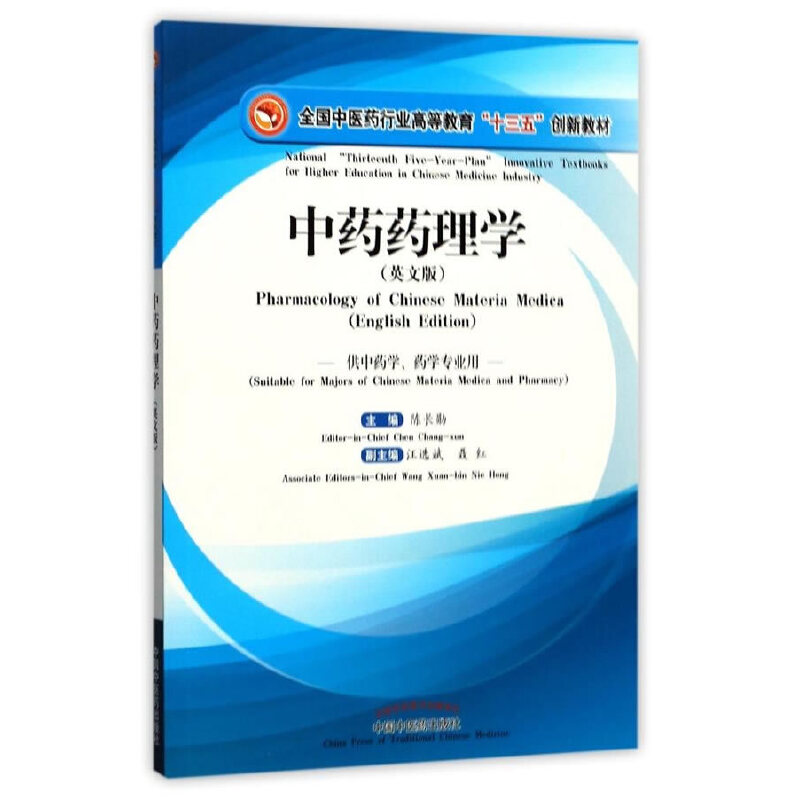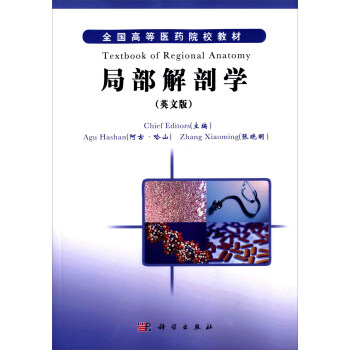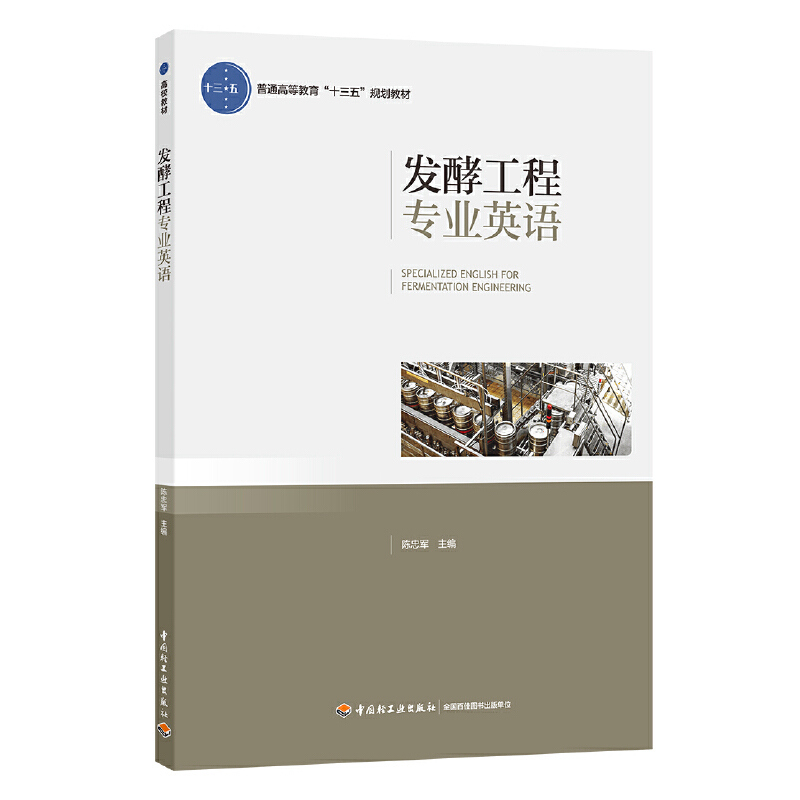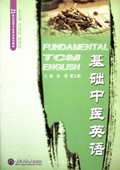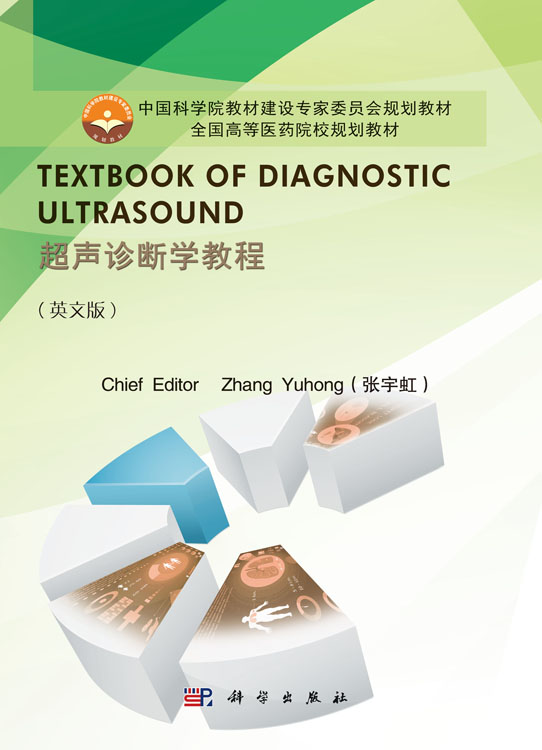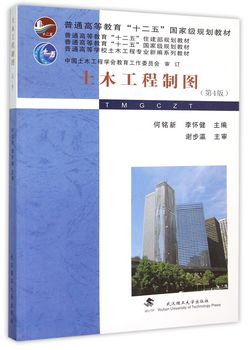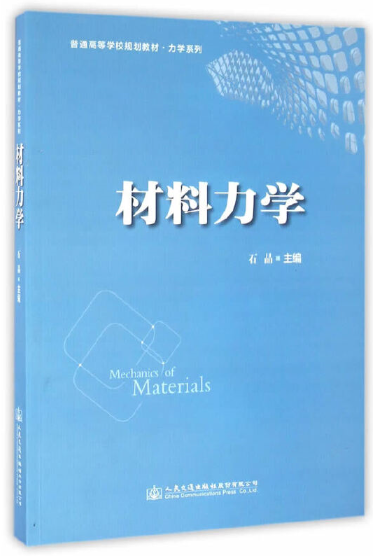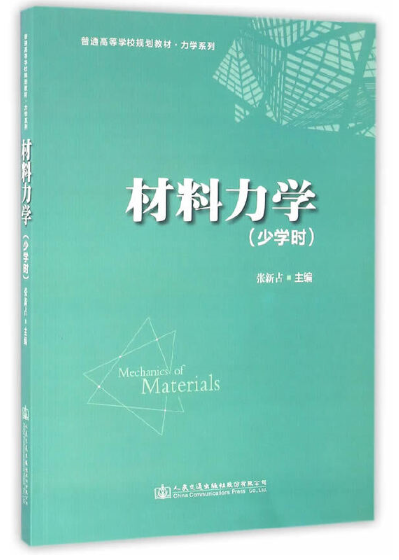中药药理学(英文版) / 全国中医药行业高等教育十三五创新教材
¥58.00定价
作者: 陈长勋
出版时间:2017-09
出版社:中国中医药出版社
- 中国中医药出版社
- 9787513240970
- 204740
- 48218741-6
- 2017-09
- 医学
- 药学
- R245.3
- 通用
- 本科
内容简介
中医药学是中国文化的重要组成部分,中药药理学是在中医药理论指导下,运用现代科学方法研究中药与机体相互作用及其作用规律的学科。中药药理研究近30年来取得了很大成就,并继续向现代化和国际化方向发展。培养既掌握中医药知识,又能用英语交流的人才是中医药走向世界的需要。而目前了解中药理学知识同时又能用英语交流的人才缺乏。本教材以英语介绍中药药理学知识,精选ZUI为成熟的中西医理论阐明常用不同类别中药作用、作用机制、临床应用及不良反应。该教材既是对国际学生授课的需要,也是培养国内人才的需要。 据初步调查国内已有10所左右医药院校的中药、中西医结合专业计划开设《中药药理学》英语或双语教学教学,其中有些已开展,但缺少相关教材。这些院校均已计划参与编写英文版《中药药理学》。另有几所表示现在虽无适当可推荐人选参加编写,但期待本教材出版,成书后会用。
目录
Part I Pandect
Chapter 1 General Introduction
1.What iS Chinese Materia Medica?
2.What is Pharmacology of Chinese Materia Medica?
Chapter 2 The Basic Actions of Chinese Materia Medica
1.Reinforcing healthy ai and expelling pathogenic factors(扶正祛邪)
2.Balancing Y/n and Yang(调节阴阳平衡)
Chapter 3 Modern Research on the Characteristics of Chinese Materia MediCa
1.The four natures
2.The five flavors
3.The foar directions
4.The meridian tropism(归经)
5.The toxicity
Chapter 4 Factors that Influence the Effects of Chinese Materia Medica
Section 1 PharmaceuticaI Factors
1.Medicinal materials
2.Processing of Chinese materia medica
3.Preparation
4.Boiling method
5.Dosage
6.Combination of Chinese materia medica and contraindication
Section 2 Body Factors
1.Physiological state
2.Pathological state
3.Intestinal microorganisms
Section 3Environmental Factors
1.Weather
2.Circadian rhythm
3.Medical conditions
Part IISpecific Discussions
Chapter 5 Exterior-Releasing Medicines(解表药)
Section 1Introduction
Section 2 Commonly Used Medicines
Ma huang(麻黄Ephedrae Herba ephedra herb)
Gui zhi(桂枝Cinnamomi Ramulus cassia twig)
Chai hu(柴胡Bupleuri Radix Chinese thorowax)
Ge gen(葛根Puerariae lobatae Radix pueraria root)
Chapter 6 Heat Clearing Medicines(清热药)
Section 1 Introduction
Section 2 Commonly Used Medicines
Huang lian(黄连Coptidis Rh&oma coptis chinensis)
Huang qin(黄芩Scutellariae Radix baical skullcap root)
Ku shen(苦参Sophorae Flavesentis Radix sophora flavescens)
Yu xing cao(鱼腥草Houttuyniae Herba heartleaf houttuynia herb)
Zhi zi(栀子Gardeniae Fructus capejasmine fruit)
Zhi mu(知母Anemarrhenae Rhizomacommon anemarrhena rhizome)
Xia ku cao(夏枯草Prunellae Spica selfheal)
Qing hao(青蒿Artemisiae Annuae Herba sweet wormwood herb)
Chapter 7 Medicines that Drain Downwards(泻下药)
Section 1 Introduction
Section 2 Commonly Used Medicines
Dd hufng(大黄Rhei Radix et Rhizoma rhubarb root and rhizome)
Fdn xie ye(番泻叶Sennae Folium senna leaf)
Gan sui(甘遂Kansui Radix gansui root)
Chapter 8 Medicines that Expel Wind and Damp(祛风湿药)
……
Chapter 9 Damp-Resolving Medicines(化湿药)
Chapter 10 Damp-Draining Medicines(利水渗湿药)
Chapter 11 Medicines that Warm the Interior(温里药)
Chapter 12 Qi-Regulating Medicines(理气药)
Chapter 13 Digestant Medicines(消食药)
Chapter 14 Medicines that Stop Bleeding(止血药)
Chapter 15 Blood Invigorating and Stasis Resolving Medicines(活血化瘀药)
Chapter 16 Expectorants,Anfitussives and Antiasthmatics(化痰止咳平喘药)
Chapter 17 Medicines that Quiet the Spirit(安神药)
Chapter 18 Liver-Pacifying and Wind-Extinguishing Medicines(平肝息风药)
Chapter 19 Resuscitative Medicines(开窍药)
Chapter 20 Tonics(补虚药)
Chapter 21 Astringent Medicines(收涩药)
Part III Appendix
Appendix 1 Traditional Chinese Medicines Mentioned in this Textbook
Appendix 2 Frequently Used Abbreviations
Chapter 1 General Introduction
1.What iS Chinese Materia Medica?
2.What is Pharmacology of Chinese Materia Medica?
Chapter 2 The Basic Actions of Chinese Materia Medica
1.Reinforcing healthy ai and expelling pathogenic factors(扶正祛邪)
2.Balancing Y/n and Yang(调节阴阳平衡)
Chapter 3 Modern Research on the Characteristics of Chinese Materia MediCa
1.The four natures
2.The five flavors
3.The foar directions
4.The meridian tropism(归经)
5.The toxicity
Chapter 4 Factors that Influence the Effects of Chinese Materia Medica
Section 1 PharmaceuticaI Factors
1.Medicinal materials
2.Processing of Chinese materia medica
3.Preparation
4.Boiling method
5.Dosage
6.Combination of Chinese materia medica and contraindication
Section 2 Body Factors
1.Physiological state
2.Pathological state
3.Intestinal microorganisms
Section 3Environmental Factors
1.Weather
2.Circadian rhythm
3.Medical conditions
Part IISpecific Discussions
Chapter 5 Exterior-Releasing Medicines(解表药)
Section 1Introduction
Section 2 Commonly Used Medicines
Ma huang(麻黄Ephedrae Herba ephedra herb)
Gui zhi(桂枝Cinnamomi Ramulus cassia twig)
Chai hu(柴胡Bupleuri Radix Chinese thorowax)
Ge gen(葛根Puerariae lobatae Radix pueraria root)
Chapter 6 Heat Clearing Medicines(清热药)
Section 1 Introduction
Section 2 Commonly Used Medicines
Huang lian(黄连Coptidis Rh&oma coptis chinensis)
Huang qin(黄芩Scutellariae Radix baical skullcap root)
Ku shen(苦参Sophorae Flavesentis Radix sophora flavescens)
Yu xing cao(鱼腥草Houttuyniae Herba heartleaf houttuynia herb)
Zhi zi(栀子Gardeniae Fructus capejasmine fruit)
Zhi mu(知母Anemarrhenae Rhizomacommon anemarrhena rhizome)
Xia ku cao(夏枯草Prunellae Spica selfheal)
Qing hao(青蒿Artemisiae Annuae Herba sweet wormwood herb)
Chapter 7 Medicines that Drain Downwards(泻下药)
Section 1 Introduction
Section 2 Commonly Used Medicines
Dd hufng(大黄Rhei Radix et Rhizoma rhubarb root and rhizome)
Fdn xie ye(番泻叶Sennae Folium senna leaf)
Gan sui(甘遂Kansui Radix gansui root)
Chapter 8 Medicines that Expel Wind and Damp(祛风湿药)
……
Chapter 9 Damp-Resolving Medicines(化湿药)
Chapter 10 Damp-Draining Medicines(利水渗湿药)
Chapter 11 Medicines that Warm the Interior(温里药)
Chapter 12 Qi-Regulating Medicines(理气药)
Chapter 13 Digestant Medicines(消食药)
Chapter 14 Medicines that Stop Bleeding(止血药)
Chapter 15 Blood Invigorating and Stasis Resolving Medicines(活血化瘀药)
Chapter 16 Expectorants,Anfitussives and Antiasthmatics(化痰止咳平喘药)
Chapter 17 Medicines that Quiet the Spirit(安神药)
Chapter 18 Liver-Pacifying and Wind-Extinguishing Medicines(平肝息风药)
Chapter 19 Resuscitative Medicines(开窍药)
Chapter 20 Tonics(补虚药)
Chapter 21 Astringent Medicines(收涩药)
Part III Appendix
Appendix 1 Traditional Chinese Medicines Mentioned in this Textbook
Appendix 2 Frequently Used Abbreviations

